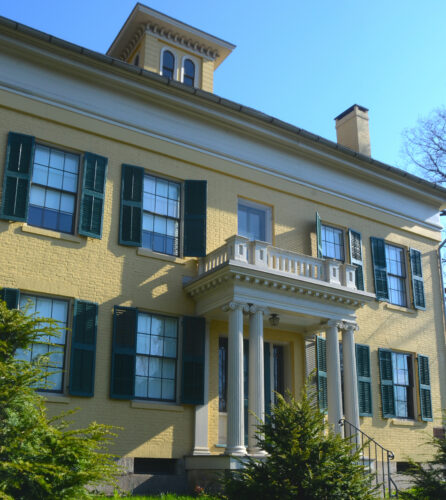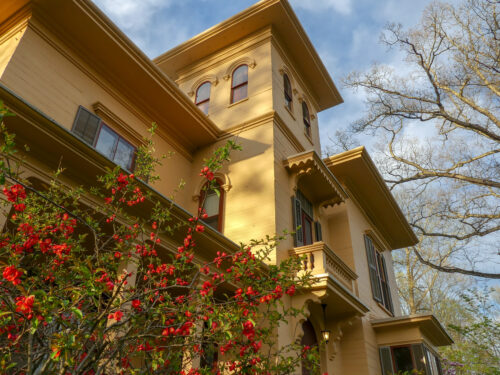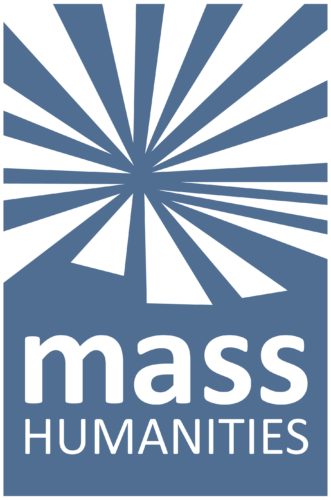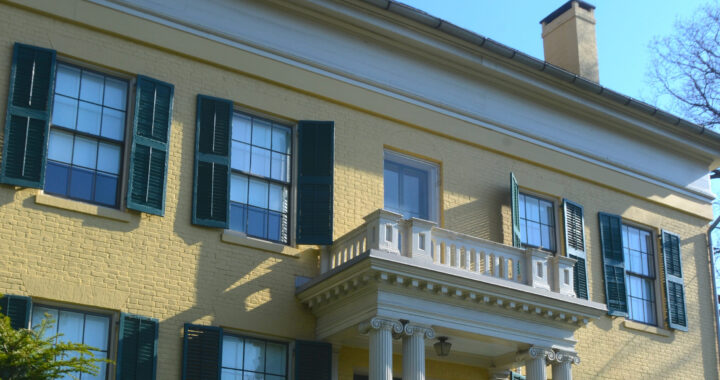
The Homestead, built in 1813.
Over the course of her life in Amherst, Massachusetts, Emily Dickinson forged her powers of creativity and insight in the intimate environs of her beloved home, creating extraordinary poetry that touches the world. The poet’s daily life became the spark for extraordinary writing and her home proved a sanctuary for her boundless creative energy that produced almost 1,800 poems and a profusion of vibrant letters. Here, Dickinson fully embraced her unique personal vision, leaving behind a poetic legacy that is revolutionary in form and substance. Today, her voice and her story continue to inspire diverse audiences around the globe.
Visitors to the Emily Dickinson Museum explore the Homestead, where Dickinson was born, died, and did most of her writing, and The Evergreens, home of the poet’s brother, sister-in-law, and their three children. The Homestead, lived in by other families after Dickinson’s death, is in the process of being restored to its appearance during the poet’s writing years. The Evergreens was only ever lived in by Dickinsons or family heirs and its original 19th-century finishes remain intact. Dickinson’s life story and the story of her posthumous publication is uniquely entwined with these two houses and the three acres upon which they sit in Amherst.
In this online exploration, you will visit several rooms within the two houses of the Dickinson family. Along the way you will see video and photographs of these historic spaces and learn more about how the poet’s life unfolded here. You will meet friends and family members, and encounter Dickinson’s own words quoted from extant poems and letters. Wherever you are, we hope this virtual exploration transports you to Emily Dickinson’s Amherst home.

The Evergreens, built in 1856
Long Years apart – can make no
Breach a second cannot fill –
The absence of the Witch does not
Invalidate the spell –
The embers of a Thousand Years
Uncovered by the Hand
That fondled them when they were Fire
Will stir and understand
Fr1405
The Virtual Exploration of the Homestead and The Evergreens has been made possible in part by a grant from Mass Humanities and the generous support of Nicole P. Heath and of Susan R. Snively.

